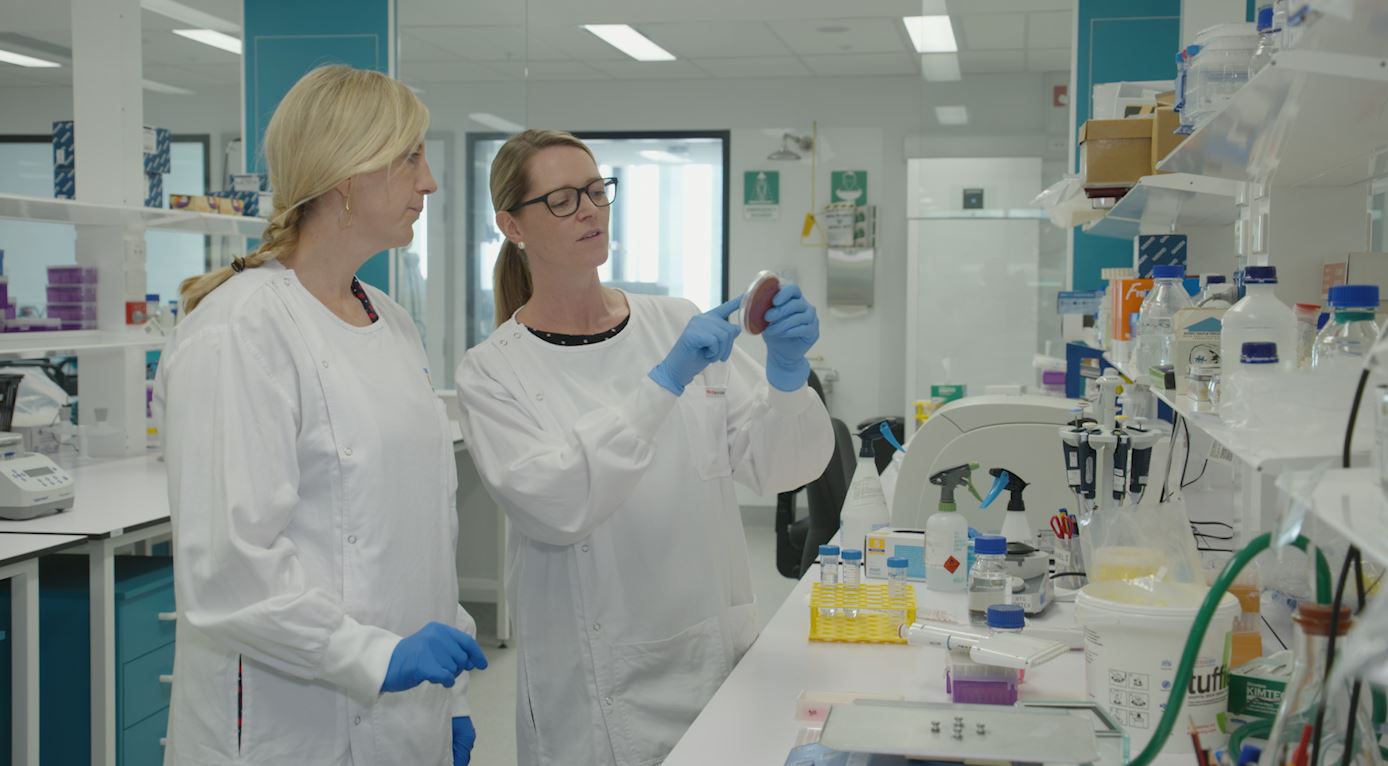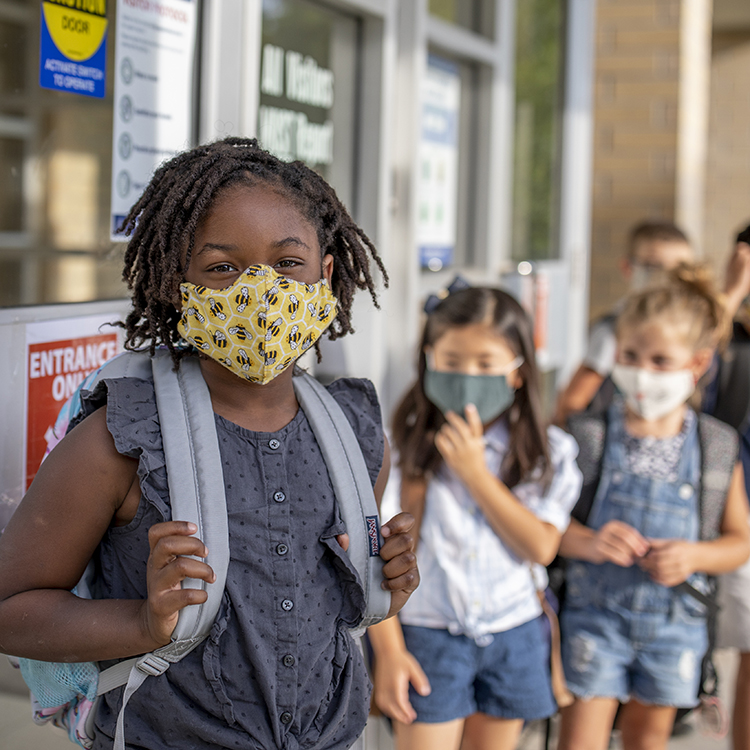Search
Research
Comparison of new computational methods for spatial modelling of malariaGeostatistical analysis of health data is increasingly used to model spatial variation in malaria prevalence, burden, and other metrics. Traditional inference methods for geostatistical modelling are notoriously computationally intensive, motivating the development of newer, approximate methods for geostatistical analysis or, more broadly, computational modelling of spatial processes.
Research
Community-wide versus school-based targeted deworming for soil-transmitted helminth control in school-aged children in Vietnam: the CoDe-STH cluster-randomised controlled trialSoil-transmitted helminth (STH) infection control programs typically consist of school-based preventive chemotherapy (PC) targeted to school-aged children. STH reservoirs in untreated community members contribute to ongoing transmission in children. The CoDe-STH (Community Deworming against STH) trial, conducted in Dak Lak province, Vietnam, between October 2019 and November 2020, aimed to determine whether community-wide mass drug administration (MDA) is more effective than school-based targeted PC in reducing STH prevalence and intensity in children.
Research
Evaluating COVID-19-Related Disruptions to Effective Malaria Case Management in 2020–2021 and Its Potential Effects on Malaria Burden in Sub-Saharan AfricaThe COVID-19 pandemic has led to far-reaching disruptions to health systems, including preventative and curative services for malaria. The aim of this study was to estimate the magnitude of disruptions in malaria case management in sub-Saharan Africa and their impact on malaria burden during the COVID-19 pandemic. We used survey data collected by the World Health Organization, in which individual country stakeholders reported on the extent of disruptions to malaria diagnosis and treatment.

Wiping out childhood ear infections could become a reality thanks to new research identifying the main bacteria responsible for recurrent ear infections and repeat ear surgeries.

A number of organisations have created COVID-19 resources specifically developed for Aboriginal and Torres Strait Islander people.

View the full catalogue of The Kids Research Institute Australia COVID-19 video resources.
Research
Tumor site-directed A1R expression enhances CAR T cell function and improves efficacy against solid tumorsCitation: Sek K, Chen AXY, Cole T, Armitage JD, Tong J, ……… Waithman J, Parish IA, et al. Tumor site-directed A1R expression enhances CAR T cell
Research
Public health impact of current and proposed age-expanded perennial malaria chemoprevention: a modelling studyIn 2022, the World Health Organization extended their guidelines for perennial malaria chemoprevention (PMC) from infants to children up to 24 months old. However, evidence for PMC's public health impact is primarily limited to children under 15 months. Further research is needed to assess the public health impact and cost-effectiveness of PMC, and the added benefit of further age-expansion. We integrated an individual-based model of malaria with pharmacological models of drug action to address these questions for PMC and a proposed age-expanded schedule (referred as PMC+, for children 03-36 months).
Research
Validity of using a semi-automated screening tool in a systematic review assessing non-specific effects of respiratory vaccinesThe abstract screening process of systematic reviews can take thousands of hours by two researchers. We aim to determine the reliability and validity of Research Screener, a semi-automated abstract screening tool within a systematic review on non-specific and broader effects of respiratory vaccines on acute lower respiratory infection hospitalisations and antimicrobial prescribing patterns in young children.
Research
Access to Oral Healthcare in Individuals With Rett Syndrome: A Qualitative Study of Parent PerspectivesIntellectual and developmental disabilities (IDD) are varied in their nature and presentation. Barriers to oral healthcare are reported in studies of general populations with IDD but these may not reflect the barriers experienced by individuals with rare disorders such as Rett syndrome.
